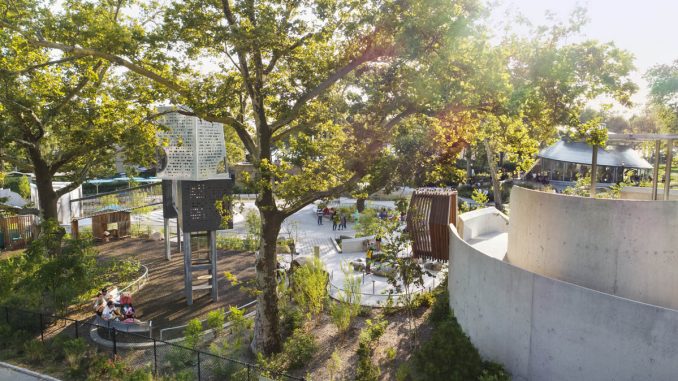
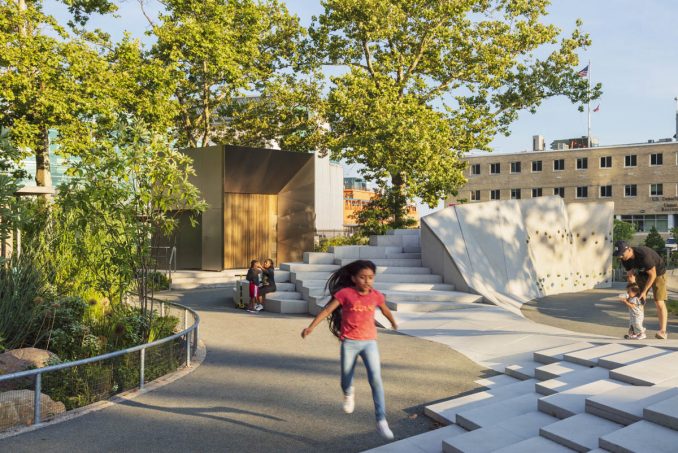
The Battery’s ecological richness finds a unique expression in the Playscape, a new play area designed to promote ecological literacy in children.
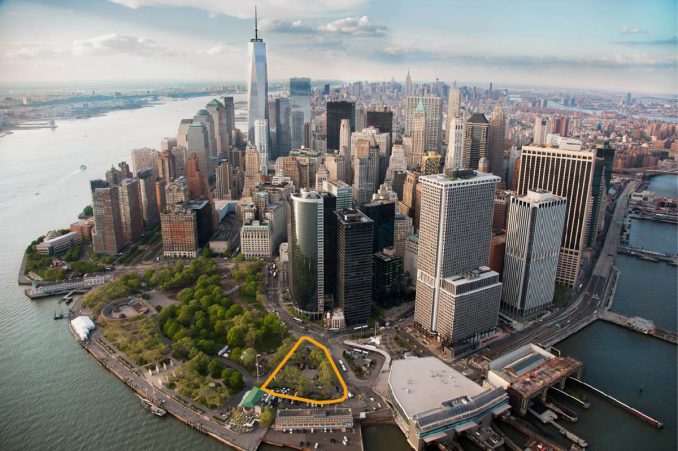
The project is the last piece in the 25-year renovation of The Battery, a storied park at the foot of Manhattan occupying historic fill vulnerable to storm surge, high winds, and inland flooding.
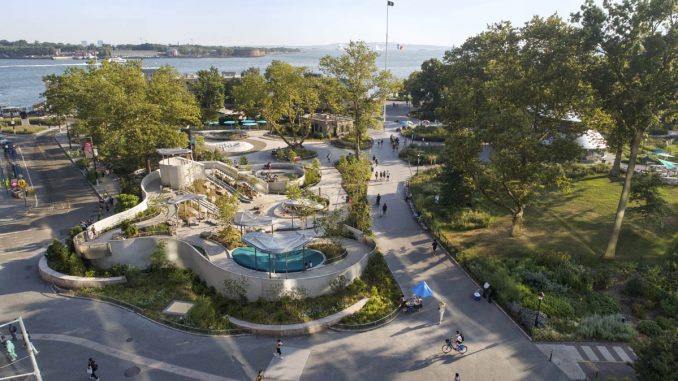
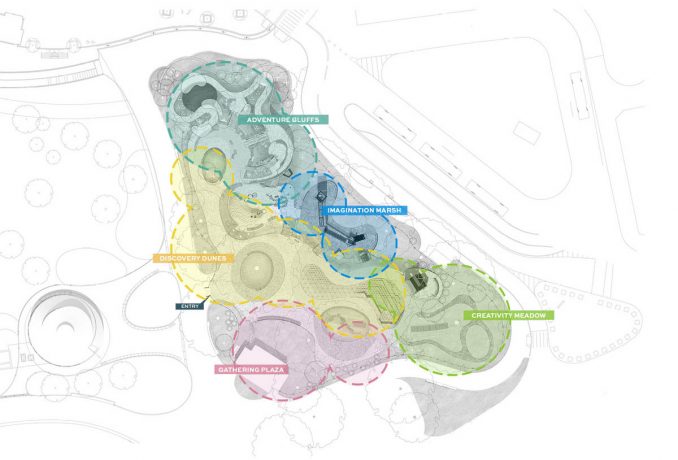
The design embraces this context, moving off the premise that an early appreciation for ecology and the power of natural forces fosters environmental consciousness in adulthood. Each of the Playscape’s five zones is designed around a unique typology, combining plantings, custom play structures, and programming to expose children to live amongst the trees, how water moves through wetlands or the hardy plant communities of a rocky bluff.
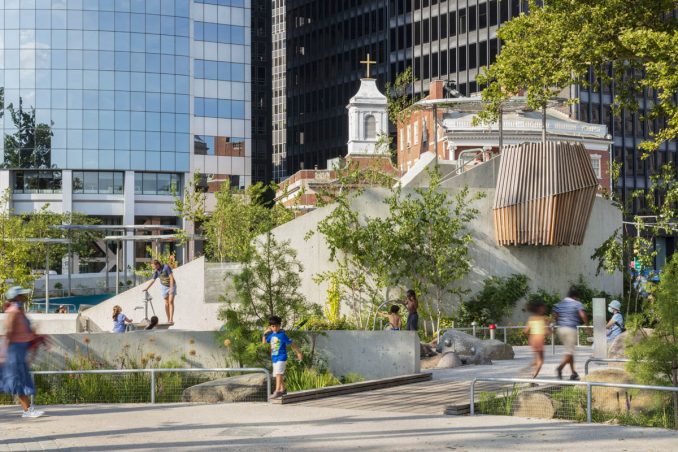
Interwoven with the ecological story is a second narrative: that of the realities of climate change and the necessities of environmental stewardship in the twenty-first century. Impermeable paving visibly directs surface runoff to verdant rain gardens and bioswales traversed by footbridges and steppingstones – integrating environmental management practices into the very heart of the play experience. These swales amplify the importance of stormwater management to human, plant, and animal communities.
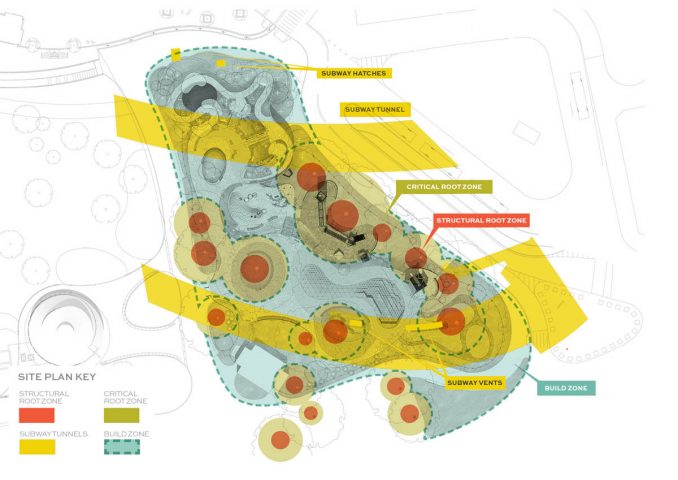
Environmental, infrastructural, and accessibility challenges inspire much of the site’s design and programming. To preserve The Battery’s grid of mature London plane trees and avoid impacting subway tunnels, for example, the design team threaded structures through the existing root zones, carefully designing new features and interventions to avoid damaging roots or encroaching on the transportation infrastructure just beneath the surface.
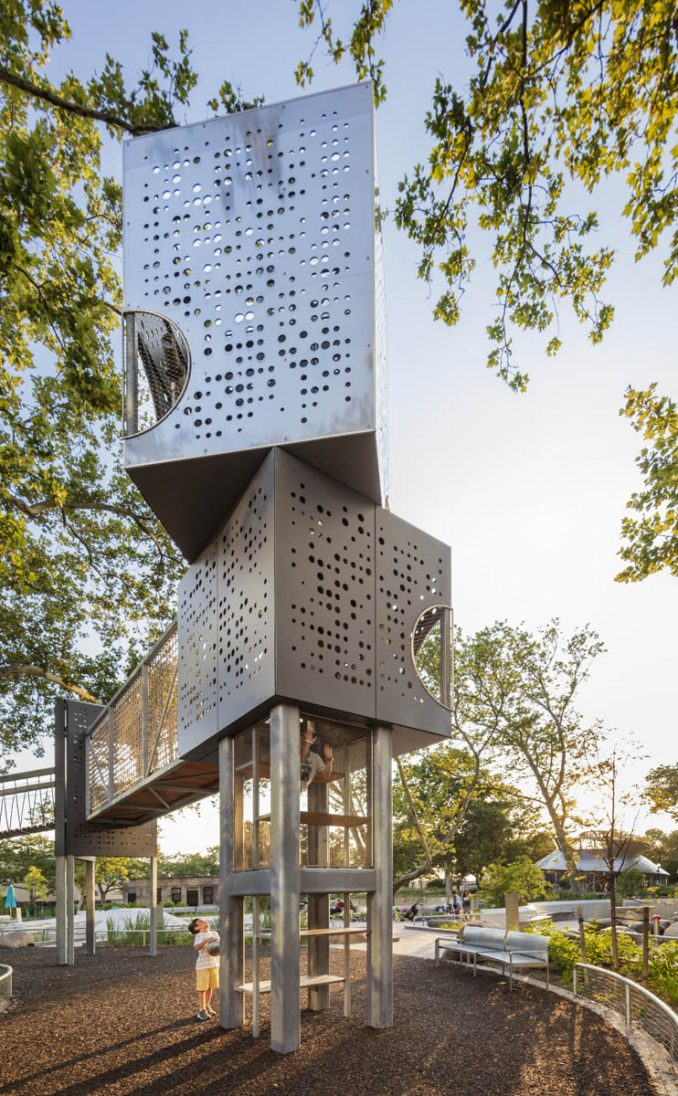
Though the trees have limited modifications to the topography around them, the design engages them to bring nature into the play experience. Playhouses allow children of all abilities to climb into the canopy and look down at the rain gardens, out to the harbor, and up at the sky.
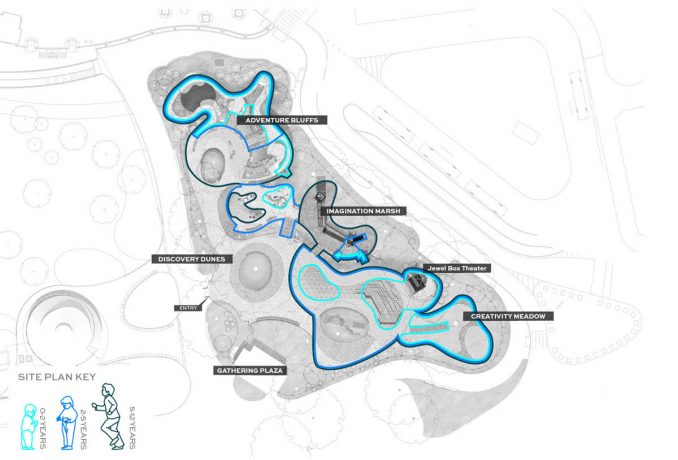
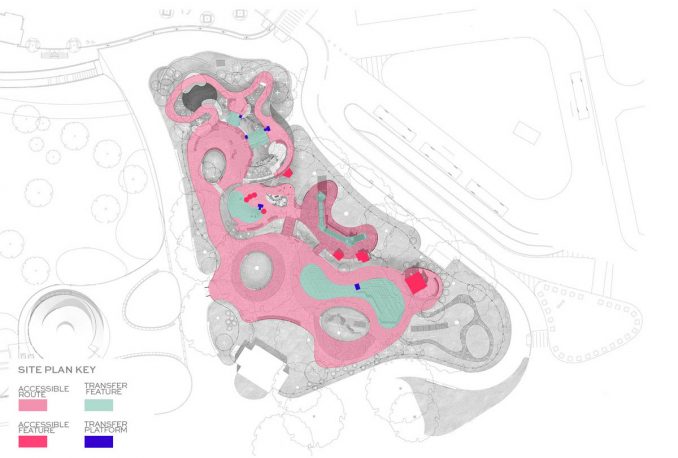
Accessibility and inter-age group play were also guiding principles for the design, allowing children of all ages and abilities to explore and test their agility, play cooperatively, and learn from one another.
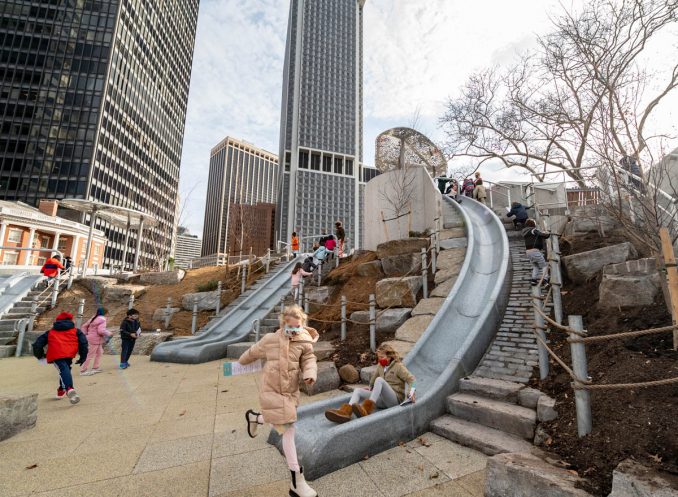

A winding switchback ramp provides universal access to the Playscape’s granite slides, leading children through a procession of views, play experiences, and plant communities. Framed by the ramp, a soft, marine blue “tumble bowl” allows kids to rest, roll, and look up at a patterned, cloud-shaped reflection of the activity below. Craggy shortcuts invite exploration and energetic games of tag.
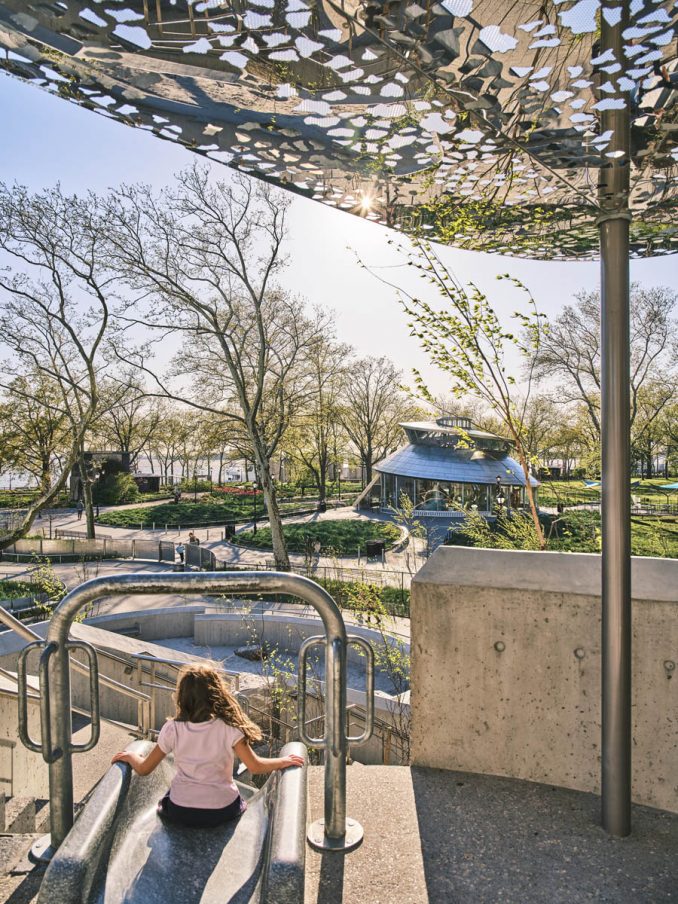
Integrating native ecology and stormwater directly into the play experience, The Playscape aims to inspire a new generation of environmental advocates with a glimpse of the interaction between natural and human forces.
The Battery Playscape
Landscape Architect: Starr Whitehouse
Architect: BKSK
Client: The Battery Conservancy, NYC Parks
Text: Starr Whitehouse
Image Credits: as captioned
